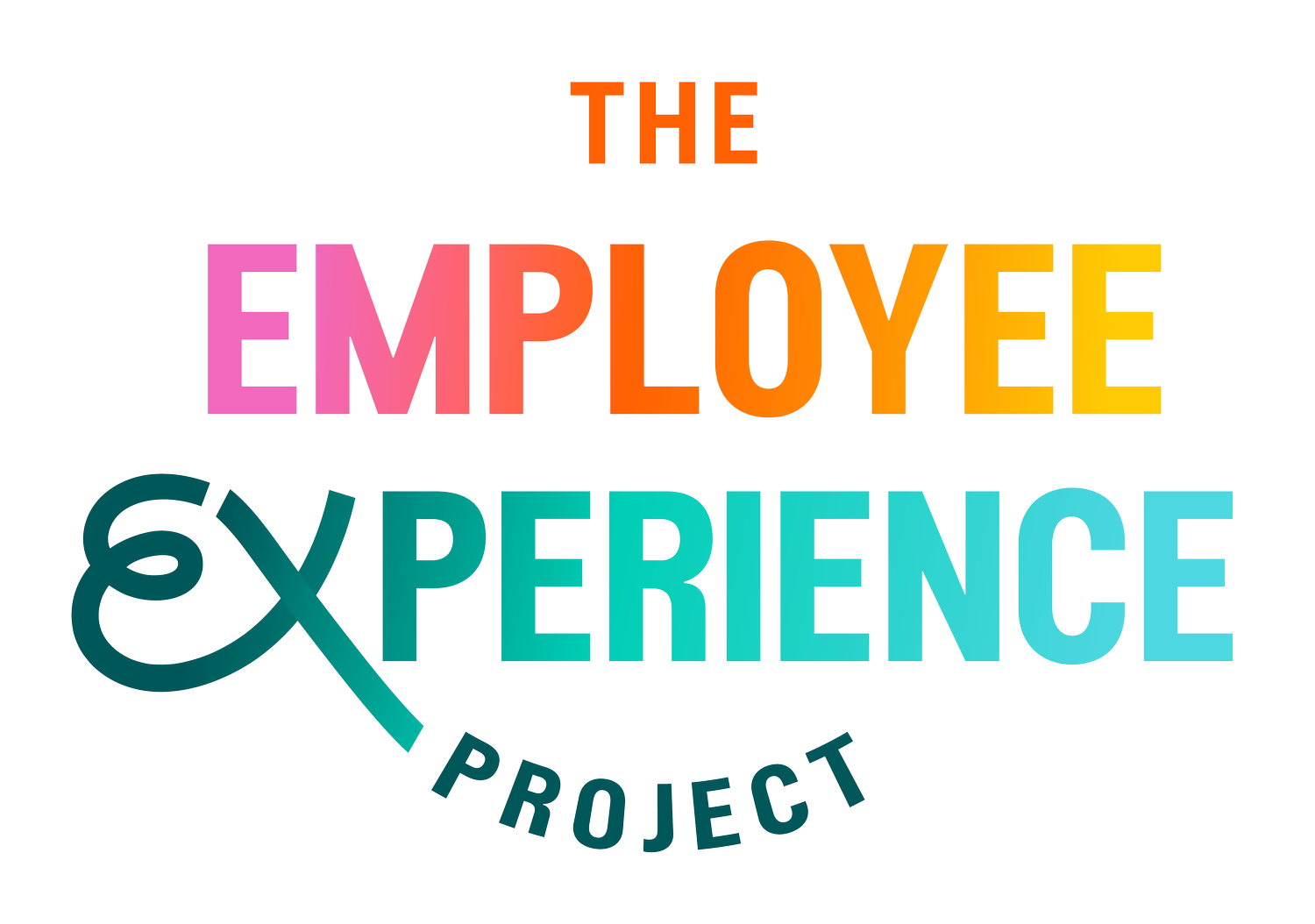Six reasons your staff survey could be undermining positive action in your organisation
We are caught in the middle of survey season with a lot of clients.
It's important to say that before we start….
I am in no way advocating that we stop asking colleagues their views on their experience of work.
I get it, it’s an important part of culture work.
My reflections in this piece are more based on the requests I get to help reset businesses employee listening strategies.
Because once under the surface, these requests generally turn out to be more a cry for help on unpicking the unhelpful dynamic their previous approach to employee surveys have created.
Without a clearly defined approach to colleague involvement and activation there is a risk that we create the dynamic where colleagues are unconsciously conditioned to see a survey or listening exercise as a way to ‘air their views’ and wait for others to act.
Truly effective culture improvement comes when we create a partnership in our business, with the majority working together to influence the things within their gift to uplift their own and others’ experiences.
By working together, we create a self-cultivating system where personal responsibility and agency can complement great leadership to help your business fly.
So, what are my tips for staff surveys?
How can you capture colleagues’ views whilst avoiding accidentally dampening personal responsibility?
1. Use top-down action planning
While it is critical that the leadership team has a response and takes action on the factors within the survey or listening exercise that are solely in their gift to influence, in general feedback will raise factors that can be influenced at a team and individual level too.
So ensuring our action planning creates ideation and action sprints at each of these levels is key.
2. Asking things you aren’t ready to confront or change
It can be very tempting to ask about things we are interested in but have no capability or intention to respond to at this point.
Broad surveys risk giving us a huge list of things we need to try and influence, and it may not be in our gift to do anything with them.
3. 'You said, we did’ as a feedback mechanism
The title says it for itself.
While created to show that we have listened and are acting, we are giving our colleagues a clear cue that our employee voice activity is about them reporting issues and the business taking action to resolve them.
4. You look at the highest and lowest scores on questions rather than looking for trends
Looking at results on an individual scale basis can bring us into the realm of trying to respond to individual ‘grumbles’ without stepping back to see if there are bigger systemic things we need to shift.
We end up in firefighting mode, trying to please everyone, rather than being able to see the overall system and how we can ask everyone to get involved.
5. You look to your survey for answers – rather than as a start of conversations
Often once we’ve invested in our survey, we want it to give us the answers on the things we need to act on.
However, that approach risks an individual issue and top-led approach that doesn’t really get to the heart of the issues.
If we put the data into the hands of colleagues and their teams, helping them to use it as a basis for being curious about what drove the results and helping them identify actions they can take, or ask others to take to improve things - we create a much more thoughtful, inclusive and action-focused approach to improving employee experiences.
6. We don’t say ‘what next?’
Once we have an initial action plan in place, we don’t check its progress in making a difference.
Whether that truly enabling colleagues to take action on the changes are most relevant for them to enact, or making sure that leadership and business process priorities are actually delivered and have the intended impact, attention on surveys often floats away quickly. Thinking about how you take a more cycle-based approach to action planning, one that includes routine review of progress and recusing of priorities will help drive longevity and impact.
When designing an employee voice exercise, it’s critical that we consider not only what we want to know, but what habits and behaviours are we creating in our approach.
Exploring how we launch our exercise to set up the expectation of colleague involvement and activation, then set up our data collection and action planning in an involving and consistent manner is critical to success.
This set of techniques may help you to reset your approach to employee voice action planning and help you make progress in fostering a productive partnership that supports action by all.
Circles of Influence:
These are a great way to structure action planning whether general or off the back of a staff survey. It allows you to not only capture ‘grumbles’, but also positively reset the conversation towards identifying actions different groups can take to overcome any challenges faced.
View Two Minute Techniques - Circles of Influence
Chat Charts
These are an action planning technique that push past the limitations of traditional brainstorming, minimising the typical risks of social conformity and loafing that can come if everyone piles in at once. They allow people to fully develop their own ideas before sharing these, increasing the diversity, number and quality of ideas generated.






